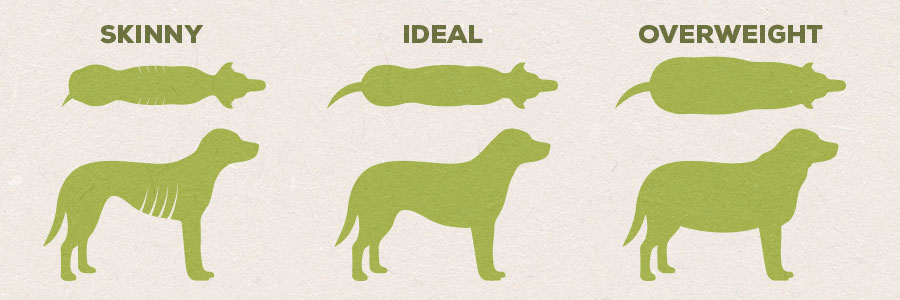November 12, 2018
The One to Three Ratio
Dogs come in for swimming for many reasons — learning to swim, relieving arthritis, recovering from surgery, maintaining overall health and on and on.
Sometimes, though, when we work with a dog who comes in for joint issues — arthritis or dysplasia, let’s say — there is another underlying issue that needs to be addressed — obesity.
To make it more visual, here are some interesting numbers to contemplate:
One pound in a dog is roughly equal to three pounds in a human.
If an ideal weight for a male lab is 70 pounds and he weighs 90 pounds, that’s similar to a human being 60 pounds overweight.
Yep, that’s an obese dog and joint issues are often the result of carrying around all that extra weight. There are many other issues too like high blood pressure, Type 2 Diabetes, increased risk for heart and respiratory disease, multiple cancers, and an overall decreased life expectancy as well.
Often clients come seeking swim and massage therapy when they notice their dog’s struggling with mobility because of arthritis or pain and swelling in the joints. While swimming will help with those issues, it will also be a great addition to an overall weight loss plan.
Helping your dog lose weight requires a multi-pronged approach.
First, check with your vet. There could be other reasons why your dog is gaining weight (like hypothyroidism) other than just over-eating and it’s best to have a vet run all the necessary tests to make certain that they get proper medication (if needed) as well as a review of feeding guidelines.

Second, get a food plan in place under the supervision of your vet or a licensed nutritionist. Not only will it be important to reduce what your dog eats, but you may want to explore other options like adding whole foods to their meals, switching to a more species appropriate diet, and/or reducing carbohydrates.
Next, exercise. While it seems fairly simple to just increase your dog’s exercise time, other health concerns, like joint issues, may be prohibitive. A dog with arthritis in their joints, for instance, won’t be able to go on longer walks or play more fetch or run around at the dog park because it will aggravate the already inflamed joints.
Again, it’s important to consult with your vet about an exercise plan, but swimming can be an excellent way to help your dog shed unwanted and unhealthy pounds without causing more stress and damage to knee, elbow, shoulder, and hip joints. Fifteen minutes of non-weight-bearing swimming is equal to an hour walk. The warm water and the hydrostatic pressure help alleviate pain and swelling in the joints as well as increase range of motion. As a dog’s swim time increases, we often see a parallel increase in her/his ability to go for longer walks, which in turn burns more calories and strengthens the muscles and increases stamina.
Finally, patience. Your dog’s weight won’t change overnight, but you can make progress by implementing and maintaining a weight loss program that includes a healthy food plan and non-weight-bearing exercise like swimming.
Most importantly, consult your vet, do your research, and make a plan. You might find the following two videos helpful in understanding canine obesity from holistic vet Dr. Karen Becker. Once you’re ready, sign up for a swim session! We’re more than happy to be a part of your dog’s health plan!
https://youtu.be/0GHPpZZ-bo0 (part one)
https://youtu.be/l5zJFMLY92g (part two)
